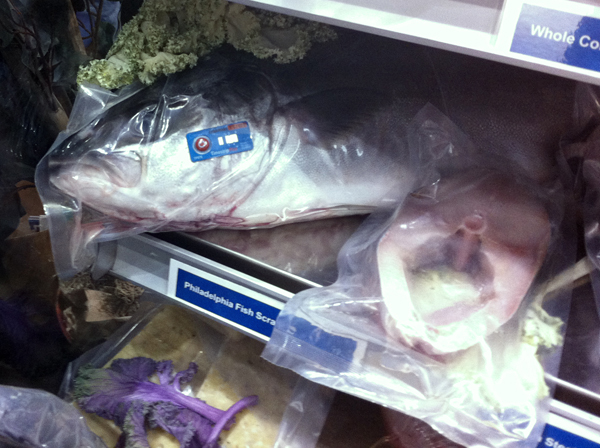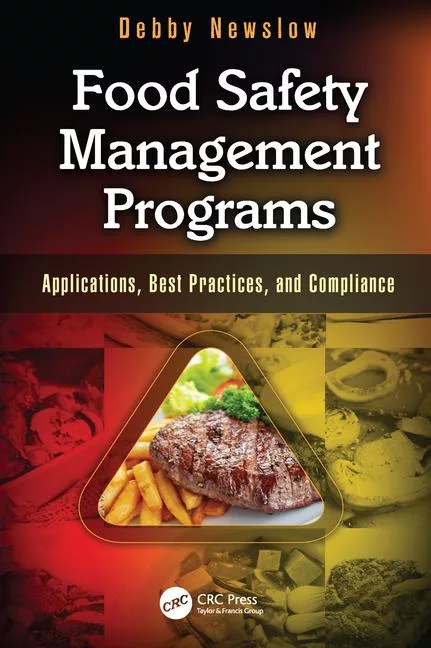Seafood Company Checks Its Freshness with Smart Labels
 Samuel & Sons Seafood is a company that knows a thing or two about delivering fresh seafood—in fact, it has built its reputation on delivering freshness and quality. With a 100-year history, it’s clear that this commitment has been successfully passed down through five generations of the D’Angelo family.
Samuel & Sons Seafood is a company that knows a thing or two about delivering fresh seafood—in fact, it has built its reputation on delivering freshness and quality. With a 100-year history, it’s clear that this commitment has been successfully passed down through five generations of the D’Angelo family.
The company has grown and prospered from its humble Philadelphia roots to become a major player in the supply of fresh seafood to retailers and restaurants, shipping products to customers across America using air freight and refrigerated vehicles.
Samuels & Son Seafood knows that customer satisfaction leads to customer loyalty, so as their cold chain distribution operations have grown geographically, so has their need to vigilantly monitor product temperatures to protect seafood flavor, texture, appearance and, most importantly, the health of their customers.
Because logistics packaging containers and refrigeration systems are not always reliable, temperatures will vary depending on environmental conditions experienced throughout the cold chain. A lack of understanding in regard to temperature abuse can easily go unnoticed and situations can occur that foster bacterial growth and premature spoilage.
“In the past, when product left our hands it was difficult to tell if unacceptable temperatures had compromised the quality and safety of our product during transit,” said Joe Lasprogata, vice president of new product development and food safety for Samuels & Son Seafood.
Joe adds, “In accordance with the Fish and Fishery Product Hazards and Controls Guidance, where a reduced oxygen packaged product uses refrigeration as the sole barrier to outgrowth, the application of a time-temperature indicator [TTI] on to each consumer package is critical to identifying a temperature breach. If a TTI is used; it should be validated to ensure that it is fit for its intended purpose and verified that it is functional at the time of use.”
After careful assessment of products on the market and with guidance from the experts at temperature-monitoring company Tip TEMParature Products, Samuel & Sons Seafood have implemented the use of Timestrip® temperature labels so they now have a fully compliant process for monitoring product as it moves through the cold chain.
The small, single-use Timestrip temperature indicators are adhered directly to the cryovac packaging. Significantly, and unlike other temperature monitoring products on the market, Timestrip is the only solution where the activation is visually evident at the point of application. The indication window showing the “ON” status verifies that the product is functional at the time of use…whereas other products cannot prove their functionality unless a breach occurs.
 As Joe correctly states, “The Fish and Fishery Product Hazards and Controls Guidance book says that when using a temperature indicator it needs to be validated and should have verification that it is functional at the time of use. The Timestrip temperature label was the only available indicator that provided an actual indication of functionality when activated.
As Joe correctly states, “The Fish and Fishery Product Hazards and Controls Guidance book says that when using a temperature indicator it needs to be validated and should have verification that it is functional at the time of use. The Timestrip temperature label was the only available indicator that provided an actual indication of functionality when activated.
“Not only that, they give an accurate and irreversible cumulative read-out of how long the temperature breach occurred. So, Timestrip indicators work on two levels: They tell us when product quality has been compromised and must be removed from the supply chain, but we avoid unnecessary wastage by working within accurately monitored safe limits.
“Timestrip temperature indicators display irreversible evidence of the cumulative time our produce has been exposed to a temperature deviation that extends beyond acceptable limits—and we simply couldn’t find a more cost-effective way of monitoring this,” concludes Joe.
“Selling seafood that has had temperature abuse often results in devastating effects,” says Dan Hafen, director of sales and marketing at Timestrip North America. “Samuels & Son Seafood has gone above and beyond to make sure that their product is temperature controlled, regulated and monitored right across their logistics operations.
Timestrip temperature indicators are helping Samuel & Sons show customers their commitment to delivering freshness and quality has not changed—even after 100 years of supplying the best seafood in the business.”
For more information, please visit www.tiptemp.com/Default.aspx.
Looking for quick answers on food safety topics?
Try Ask FSM, our new smart AI search tool.
Ask FSM →








